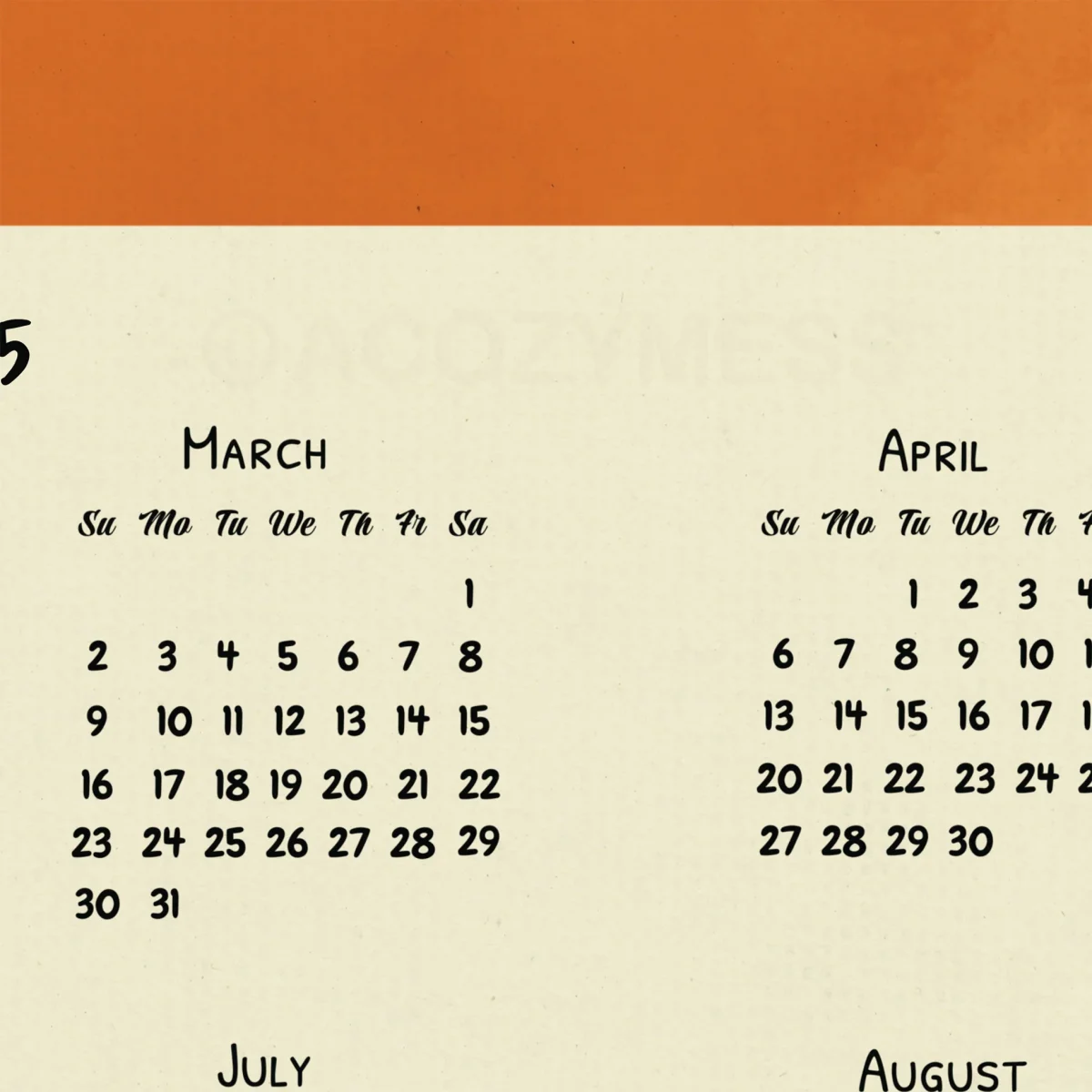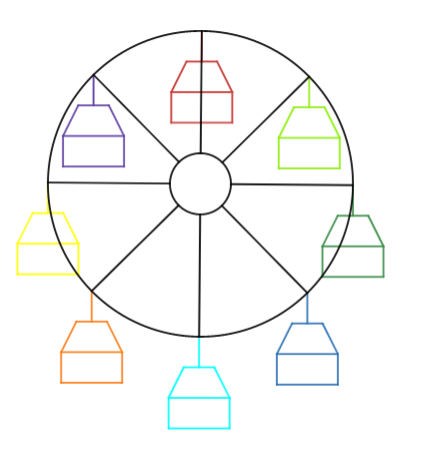The SAT: World War I and Your Perfectionism
A Brief Overview of the History of the Infamous Exam

March 2, 2023
SAT: an exam that feels dreadful enough to make even the finest academics wallow in their fear of failure. All throughout middle and high school, you are instructed to perfect your test taking skills in preparation for taking exams of the same nature as the SAT. The contemporary American education system, or at least certain sectors within it, put so much value on this test – often to such an extreme degree that it feels unlikely that there was ever a time colleges didn’t review these scores. I hate to inform you of this, but the truth is often stranger than our own fiction.
During World War I, the United States Army was determined to design an intelligence and aptitude test that would assist in determining worthy candidates of promotions. Robert Yekes was enlisted to assist in developing this test. Yekes, with the help of Carl Brigham, employed the newly developed IQ test to collect data on soldiers; this data culminated in the creation of the Army Alpha test. The Army Alpha test became the foundations for the SAT.
Brigham brought his altered army test (soon to be known as the SAT) to the students of Princeton University and Cooper Union. Brigham soon presented the results of his experiment with the Army and two universities to the College Entrance Examination Board, and soon after (in 1926), the SAT was implemented as a way for universities to best assess their student pool. Prestigious universities like Harvard were eager to use this exam to diversify their applicant pool from the stereotypical boarding school students; for many schools, however, the need for diversity only extended to the backgrounds of white applicants.
In more recent years, there has been greater pushback against the SAT score requirement in student applications to universities. Brigham viewed the SAT as a test of innate intelligence and believed that the innate intelligence screened for with his test was not as present in people of color. Colleges adopted the SAT as a way to “differentiate” between people of color and white applicants. Near the inception of the SAT, it was common belief that there is a correlation between intelligence and race, and this plagued the exam throughout its history. The unfortunate doctrine surrounding these tests from their inception, coupled with realizations on inequity within the educational system, has made the SAT a rather dated (and arguably inaccurate) assessment of student abilities.
Though society is making progress in addressing past mistakes, we may never fully grapple with the negative impact of the SAT on college admissions. In the meantime, it is important that we remember that our worth and abilities can never be fully measured by a test.
Works Cited
Carlton, Genevieve. “A Brief History of the SAT, America’s Most Popular College Entrance Exam.” BestColleges, 15 August 2022, https://www.bestcolleges.com/blog/history-of-sat/. Accessed 28 February 2023.
“The history of the SAT.” Manhattan Review, https://www.manhattanreview.com/sat-history. Accessed 28 February 2023.








































